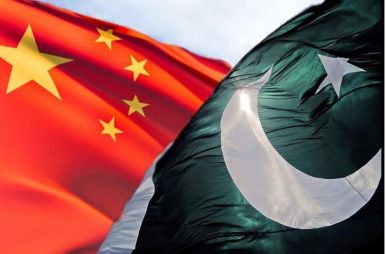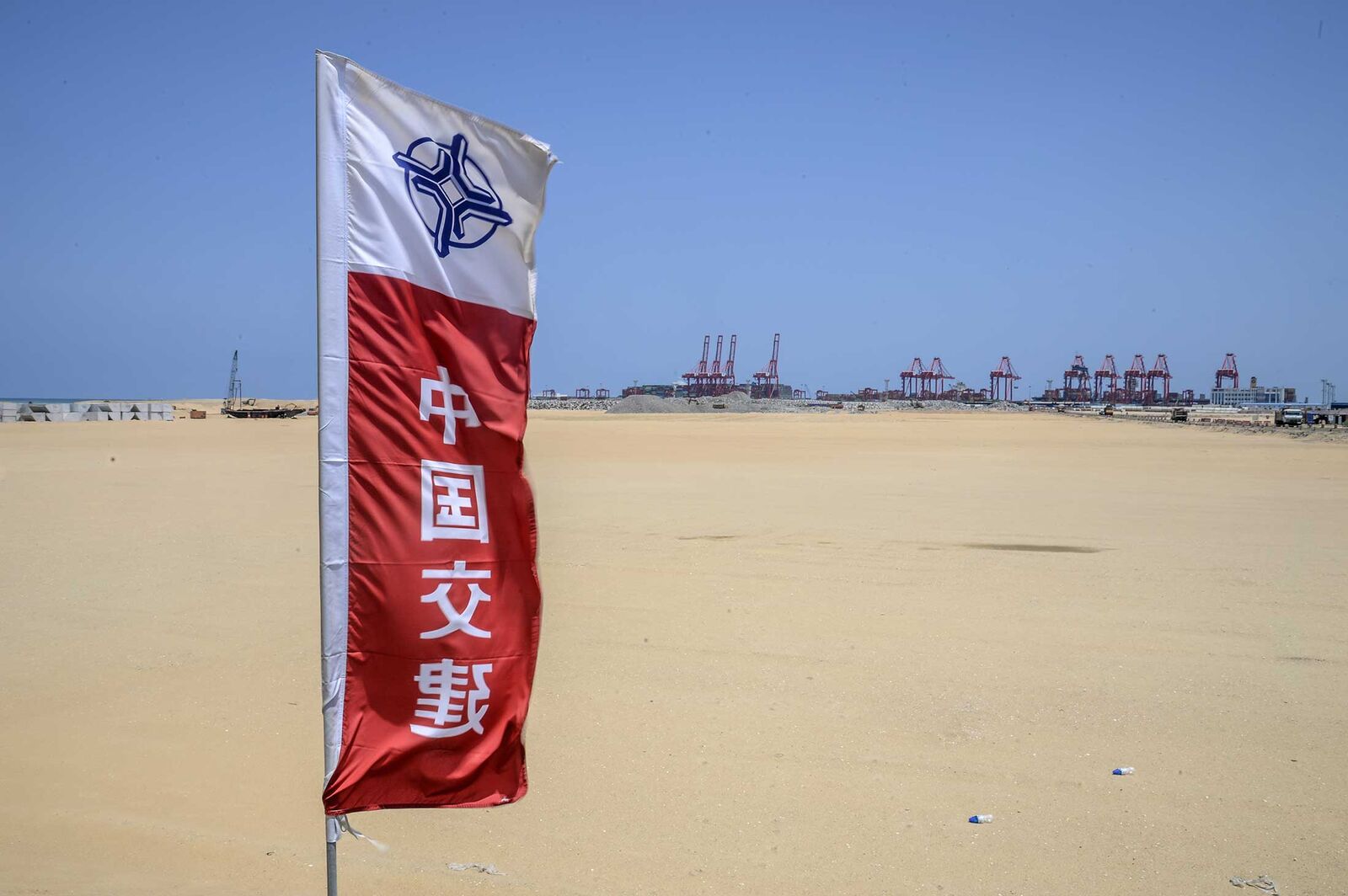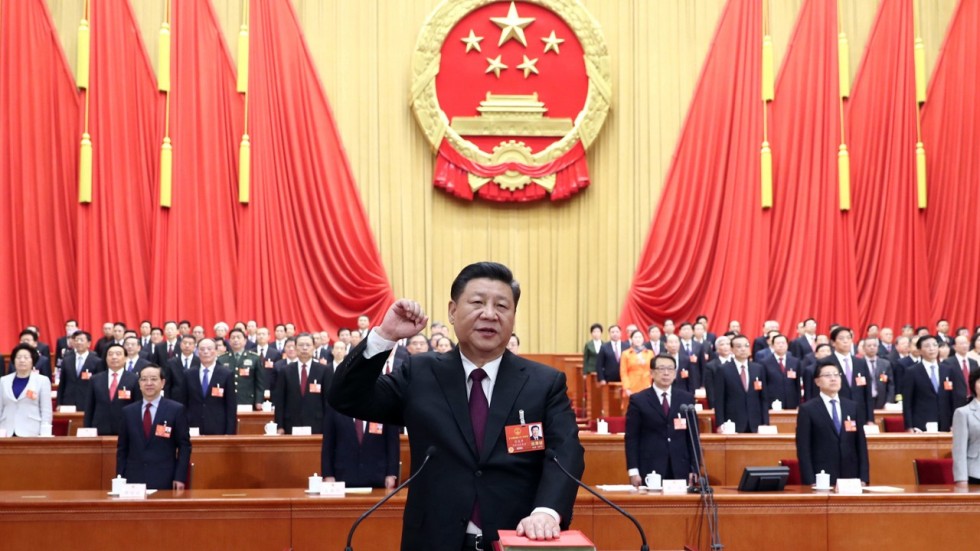By Virender Kapoor
 If India wants to be a super power, it may be well worth an effort to have a nodal agency to correct our national attitude. Sounds weird, but this is most urgent and important.
If India wants to be a super power, it may be well worth an effort to have a nodal agency to correct our national attitude. Sounds weird, but this is most urgent and important.
"God gives you nuts but does not crack them for you" - German proverb
Today, Indians are hoping like never before that the country is on the verge of a great turnaround. They are pegging their faith to their new leader, Prime Minister Narendra Modi, who has been able to motivate the nation with a promise to deliver good governance. The world is looking at us with awe, probably and partially convinced that "Yes, They Can". Several factors are tilted in our favour for this to happen.

















